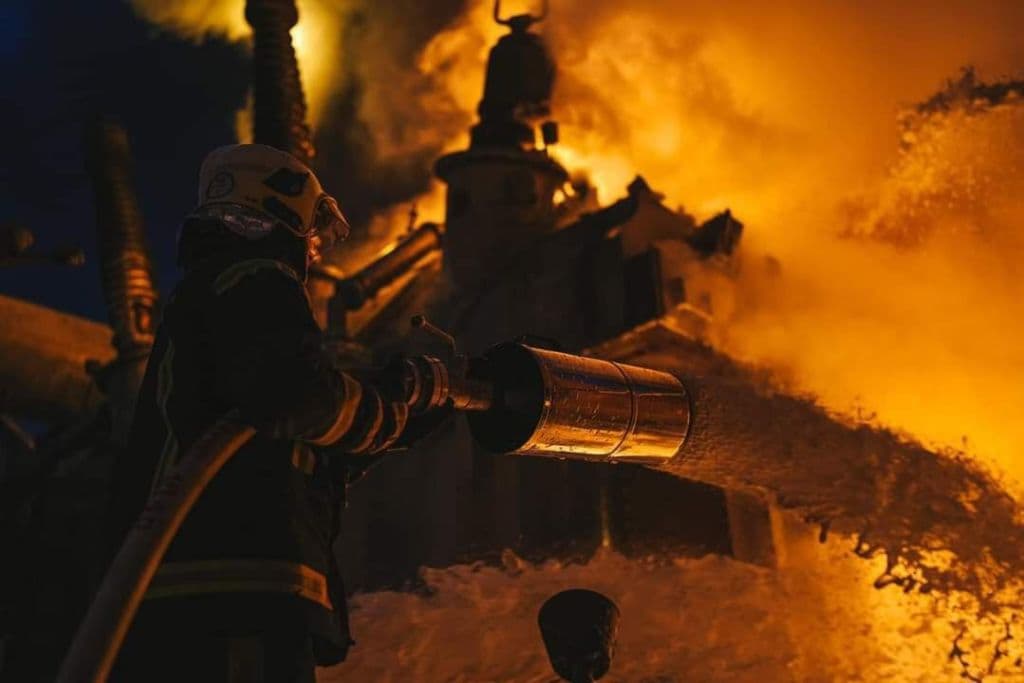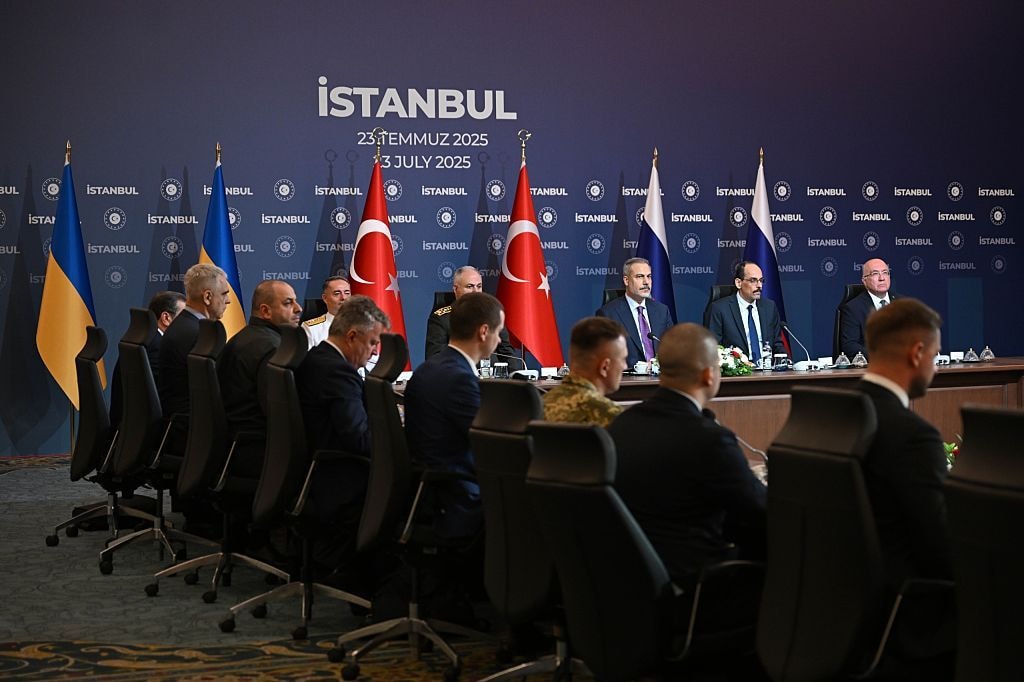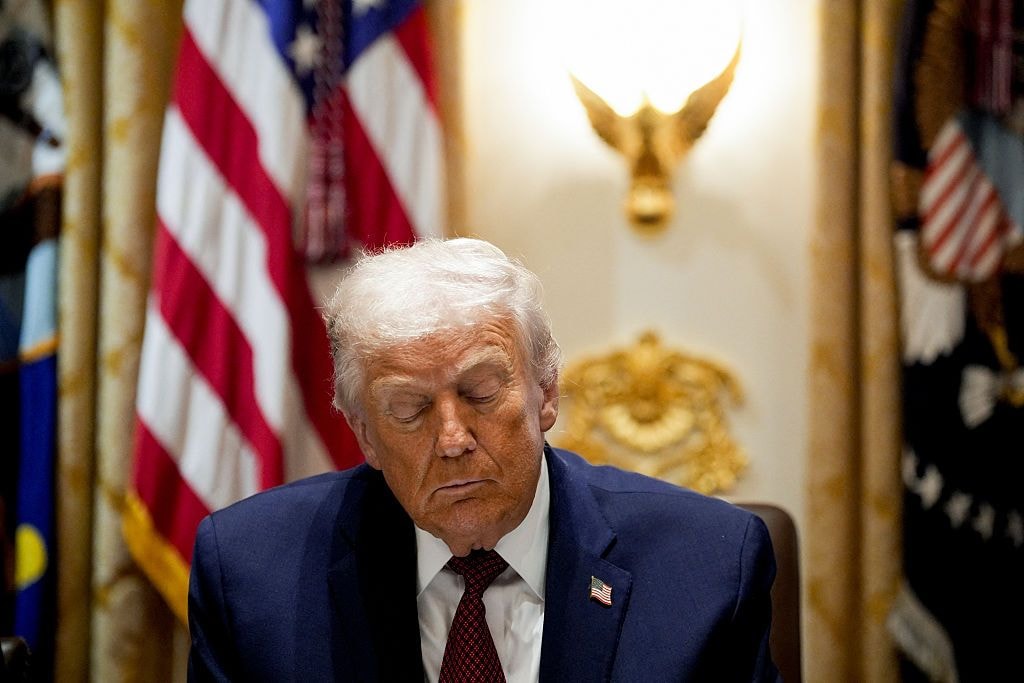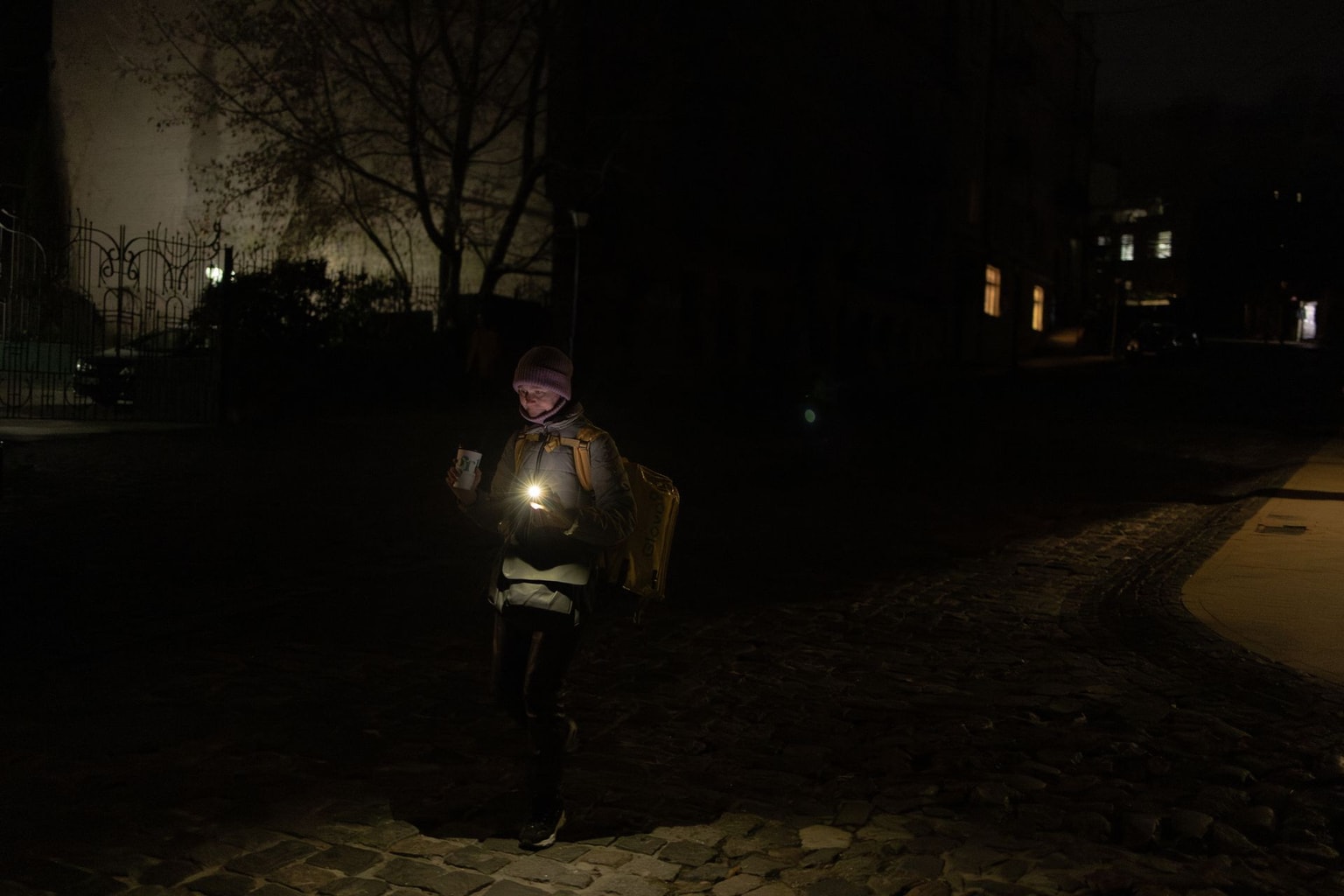Ukraine war latest: Putin visits Belarus, Russia attacks Kyiv with drones

Key developments on Dec. 19:
- Russia receives 250 more Iranian-made kamikaze drones, says Zelensky
- Russia attacks Kyiv with 35 drones, air defense downs 30
- "Very high" risk of new Russian offensive towards occupied Transnistria, says Moldovan intelligence
Russia launched another attack on Ukraine using Iranian-made kamikaze drones before sunrise on Dec. 19.
The loitering munition targeted critical infrastructure in and around Kyiv, marking it the third attack on Kyiv in less than a week.
According to Ukraine's Air Force, air defense was able to shoot down 30 out of 35 drones. The military specified that the drones were launched from the eastern coast of the Sea of Azov.
Kyiv Mayor Vitali Klitschko said explosions occurred in Kyiv's central Solomianskyi and Shevchenkivskyi districts and reported that critical infrastructure was damaged.
He added that utility services are working "to quickly stabilize the situation with electricity and heat supply." No casualties have been reported in the capital.
In Kyiv Oblast, three people were injured, while nine private houses were damaged, Governor Oleksii Kuleba reported.

Following the strikes, the Obukhiv, Vyshhorod, and Bucha districts of the oblast have experienced partial power outages.
To stabilize the grid, emergency blackouts have been implemented in the region. Kuleba described the situation in the oblast as "challenging."
The state grid operator Ukrenergo said the country's energy system is "in a difficult situation" and that, aside from Kyiv Oblast, Russian troops also struck some liberated settlements in the south and east with artillery, damaging energy facilities.
Emergency power outages have also been introduced in Sumy, Kharkiv, Poltava, Dnipropetrovsk, Kirovohrad, Zhytomyr, Cherkasy, Chernihiv, and Zaporizhzhia oblasts.
This latest attack is part of a series of missile and drone attacks by Russia that have targeted Ukraine's power grid and caused widespread blackouts during the winter months.
Russian forces have fired more than 1,000 missiles and drones at Ukrainian energy infrastructure since Oct. 10, according to Ukrenergo Head Volodymyr Kudrytskyi.
The attacks killed dozens of people and forced authorities to impose blackouts.
Moscow openly admits that Ukraine's energy system is one of its primary targets. According to the Geneva Conventions, attacking vital public infrastructure constitutes a war crime.
The last mass attack on Ukraine occurred on the morning of Dec. 16. President Volodymyr Zelensky then said the strikes affected over 20 million people, leaving them without power.
On Dec. 19, Zelensky reported that Russia had received 250 new Shahed-136 drones from Tehran after saying in October that Moscow had ordered over 2,400 Iranian-made attack drones.
Putin visits Belarus
Russian President Vladimir Putin met with Belarus dictator Alexander Lukashenko in Minsk on Dec. 19. This was Putin's eight meeting with Lukashenko in 2022. However, it was the first time that the meeting took place in Belarus.
The visit comes amid a growing number of independent monitoring reports revealing that Russia is stepping up its deployment of military vehicles in Belarus – Ukraine's northern neighbor.
Russia has reportedly deployed additional military aircraft to Belarus, including those capable of carrying Kinzhal ballistic missiles.
Belarusian Hajun, a watchdog that monitors the movement of Russian troops, also said that Russia had transferred at least 50 Ural military trucks to Belarus on Dec. 16.
During his visit to Minsk, Putin confirmed that Russia is currently conducting military exercises in Belarus and that the two countries are collaborating on the development of new weapons.

The Russian Defense Ministry previously stated that the final assessment of the military units' readiness would be made after the completion of battalion tactical exercises.
At the joint press conference, Putin mentioned that Russia and Belarus plan to establish "a joint defense space."
On Dec. 18, President Zelensky said in a video address that fortifying the 1,084-kilometer border with Belarus, a close ally of Russia is one of the Ukrainian military's main tasks.
"No matter who or what tries to persuade Minsk to do something, it will not help them," he said. "Our military is preparing for all possible defense scenarios."
"Very high risk" of Russian invasion of Moldova
Meanwhile, the head of Moldova's Security Service Alexandru Musteata, reported on Dec. 19 that there remains a "very high" risk of a new Russian offensive that can also target Moldova.
Musteata told the TVR-Moldova TV channel that Russia still aims to secure a land corridor through Ukraine to reach Russian-occupied Transnistria, which hosts 1,500 Russian troops and a large Soviet-era arms depot.
"The question is not whether Russia will undertake a new advance towards Moldova's territory, but when it will do so," he said.
Musteata added that the Moldovan Security Service believes Moscow is considering several scenarios for reaching Moldova, with the possible launch of an offensive in either January-February or March-April.
Ukraine's Chief Commander Valerii Zaluzhnyi said Russia was preparing for a new attack on Ukraine "as soon as January, but more likely in the spring," seeking to push back Ukrainian forces and potentially making a second attempt to take Kyiv.
According to Western officials, Russia signals that it is set to continue its war and uses potential peace talks to buy itself time to regroup.
Estonian President Alar Karis said there was no need to talk about peace or ceasefire in Ukraine before Russia is defeated, the media outlet ERR reported on Dec. 19.
"Peace is possible only when aggression is completely defeated and (Russian) war criminals are brought to justice," added Karis.
"The most important thing is to provide military assistance to Ukraine so that the country wins this war," he added.










